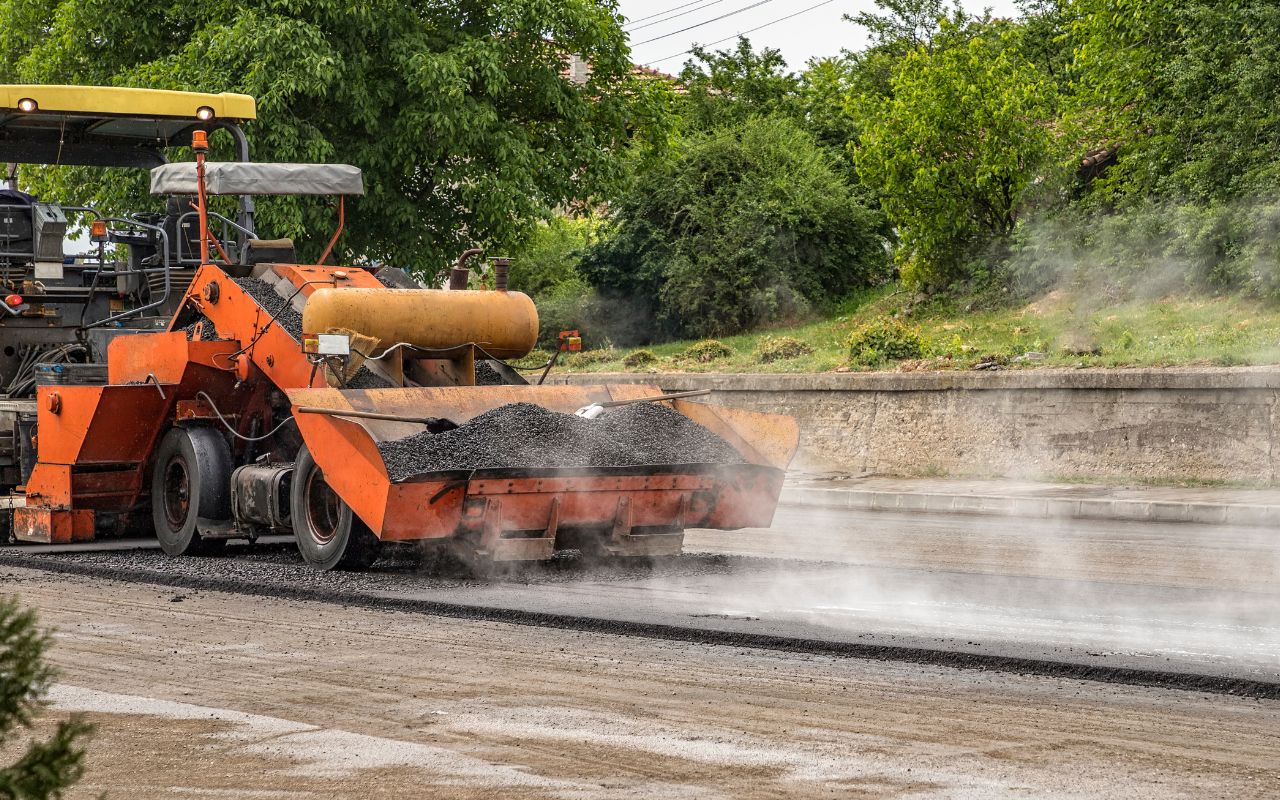
Asphalt Paving Process – Step by Step Guide
Understanding the Asphalt Paving Process
The asphalt paving process is crucial for a durable and smooth surface. Imagine driving on a road with numerous potholes and cracks; it’s frustrating, right? This blog post will explain the entire asphalt paving process, ensuring you understand every step. Whether you're planning a new driveway or curious about road construction, this guide is for you.
The Asphalt Paving Process Explained
The asphalt paving process is essential for creating long-lasting roads and driveways. In this guide, we will break down each step to help you understand what goes into making a smooth, durable surface. By the end, you'll have a clear picture of the entire process and why it's important.
Planning and Design
Before the asphalt paving process begins, thorough planning and design are crucial. Engineers and contractors assess the area, taking into account the soil type, traffic load, and weather conditions. They design a plan that ensures the pavement will withstand the expected use. This step includes choosing the right materials and determining the thickness of each layer.
Site Preparation

Site preparation is the next step in the asphalt paving process. This involves clearing the area of debris, vegetation, and old pavement. Excavation may be necessary to create a stable foundation. Contractors then grade the site to ensure proper drainage, which helps prevent future damage to the pavement.
Laying the Base

The base layer is a critical component of the asphalt paving process. A strong base provides stability and support for the layers above. It usually consists of crushed stone or gravel, compacted to create a solid foundation. This step is crucial for the durability of the final pavement.
Applying the Binder Layer
Once the base is prepared, the binder layer is applied. This layer contains larger aggregates mixed with asphalt, providing additional strength and flexibility. The binder layer is essential for supporting the surface layer and absorbing the stresses caused by traffic.
Surface Layer Installation
The surface layer is the final step in the asphalt paving process. This layer is made of smaller aggregates and a higher concentration of asphalt, creating a smooth, durable surface. The mixture is spread evenly and compacted to ensure a uniform finish. Proper compaction is vital for preventing air pockets and ensuring the longevity of the pavement.
Final Touches and Inspection
After the surface layer is installed, contractors add final touches such as striping and signage. An inspection ensures that the asphalt paving process has been completed correctly and meets all specifications. This step is crucial for identifying any issues that need to be addressed before the pavement is opened to traffic.
Get in Touch for Expert Asphalt Paving Services
Understanding the asphalt paving process ensures you know the value of a well-constructed pavement. Contact us today to discuss your project and get professional help from our experienced team. We are committed to providing durable, high-quality asphalt paving solutions. Reach out now and let’s start planning your next project!
Contact Us
553 Private Road 908, Hutto, TX 78634
24/7 Availability
We Accept Cash, Checks, and Debit/Credit Cards




